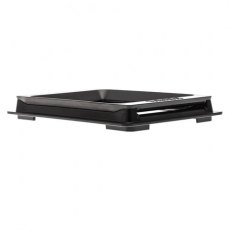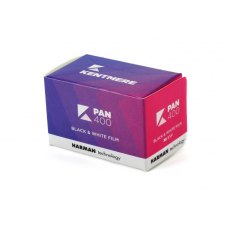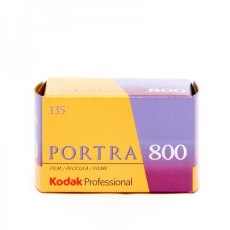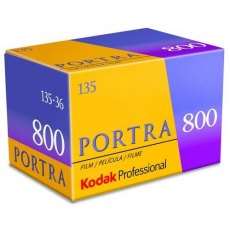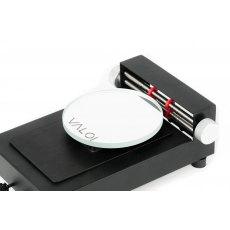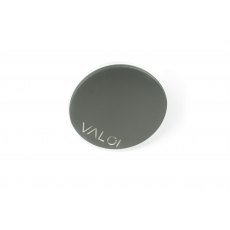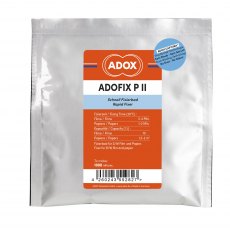Product Description
This is our most affordable, easy-to-use light source for digital camera scanning. We list it as a Valoi product, but it can be used with any scanning holder brand.
The CS-LITE Camera Scanning Light Source is a compact light source specifically designed to provide film photographers with higher-quality light output and improved colour management when scanning their favourite 35mm and medium format films with a digital camera.
The CS-LITE features a CRI of 95+ for high colour accuracy and a brightness of EV 15+ to provide sufficient illumination for even the densest of negatives. What sets the CS-LITE apart from other light sources on the market is its ability to adjust colour temperatures to suit different film types, such as colour negative, colour positive, and black and white. These are controlled directly from the built-in remote control of the CS-LITE, with three light shades to choose from.
The Cool Light mode reduces the orange mask in colour negative films like CineStill 800T, 400D, and 50D, providing colour-balanced scans with better colour separation and less noise.
The White Light mode is ideal for scanning black and white film, as well as slide film that has been processed with the warm-tone dilution of the
CineStill D9 DynamicChrome 1st Developer.
Lastly, the Warm Light mode is perfect for scanning standard E6 (or CineStill D6 DaylightChrome) processed slide film, as the tungsten-balanced light can produce richer tones and enhanced colour separation, especially within the red channel.
The Valoi 360 film carriers fit perfectly into the mask, creating a compact, stabilized digitizing platform.
A CS-LiteMask comes with the CS-Lite, a universal film carrier mask that pairs with pre-existing film carriers like those made by Negative Supply, VALOI, Lomography, and more. Masking around the carrier's edges helps eliminate spill light, reduce unwanted reflections, and maintain uniformity across your scans.
Includes:
1x CS-LITE Light Source
1x CS-LiteMask Universal Carrier Mask
Customer Reviews











 In stock
In stock
